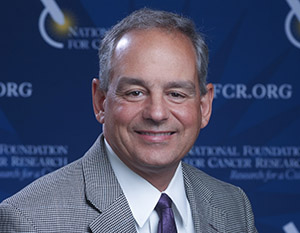Prostate Cancer
Prostate cancer is the number one cancer affecting American men and it’s the second leading cause of cancer deaths for men (behind lung cancer). The incidence of prostate cancer is more than 70% higher in African American men than in Caucasian men.
Key Facts
- 288,300 new prostate cancer cases are anticipated in the U.S. in 2023, with 34,700 deaths expected to result from the diagnosis.
- About 1 in 6 African American men versus 1 in 8 Caucasian men will be diagnosed with prostate cancer during their lifetime.
- Strongest known risk factors for prostate cancer are:
- Family history
- African ancestry
- Inherited genetic conditions such as BRCA1 and BRCA2 gene mutations and Lynch syndrome
- Smoking and excess body weight may increase risk of aggressive and/or fatal cancer
- Having a discussion with one’s health care provider on the age to be screened with the prostate-specific antigen (PSA) blood test is advised for African American men at age 45 years and age 50 years for other men.
- Although men under the age of 40 can be diagnosed with prostate cancer, it is considered rare.
- More than 3.1 million men in the U.S. have been diagnosed with prostate cancer and are still alive today.
Source: American Cancer Society’s Cancer Facts & Figures 2023 and the Society’s website (2023)
Signs and Symptoms
A symptom is a change in the body that a person can see and/or feel. A sign is a change that the doctor sees during an examination or on a laboratory test result. If you have any of the symptoms below, it does not mean you have cancer but you should see your doctor or health care professional so that the cause can be found and treated, if needed.
- Problems urinating, including a slow or weak urinary stream or the need to urinate more often especially at night
- Blood in the urine or semen
- Trouble getting an erection (erectile dysfunction or ED)
- Pain in the hips, back (spine), chest (ribs), or other areas from cancer that has spread to bones
- Weakness or numbness in the legs or feet, or even loss of bladder or bowel control from cancer pressing on the spinal cord
Source: American Cancer Society’s website (2023)


Prostate Cancer Awareness Month is recognized in September. To help accelerate cures please make a gift today.

















